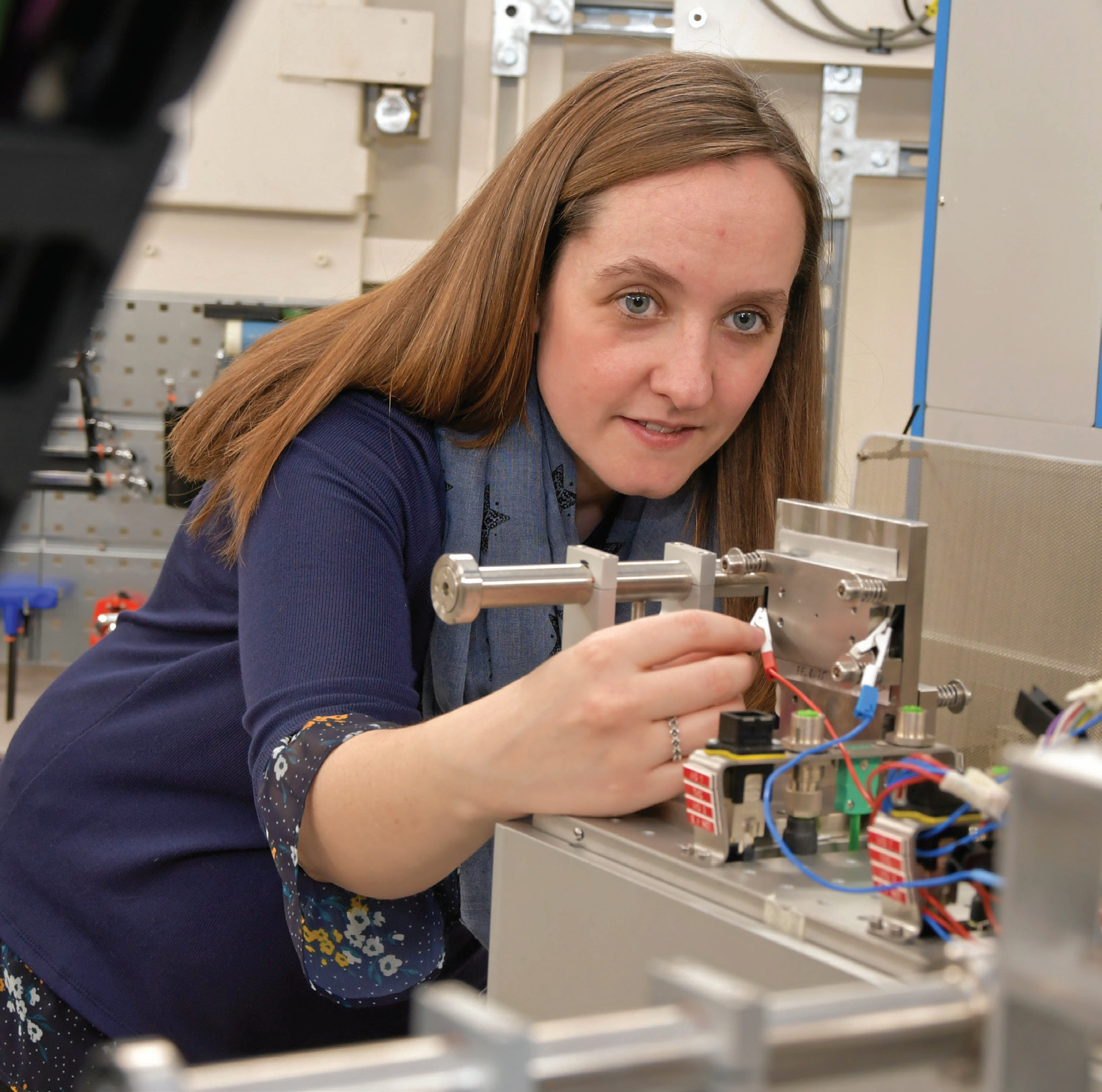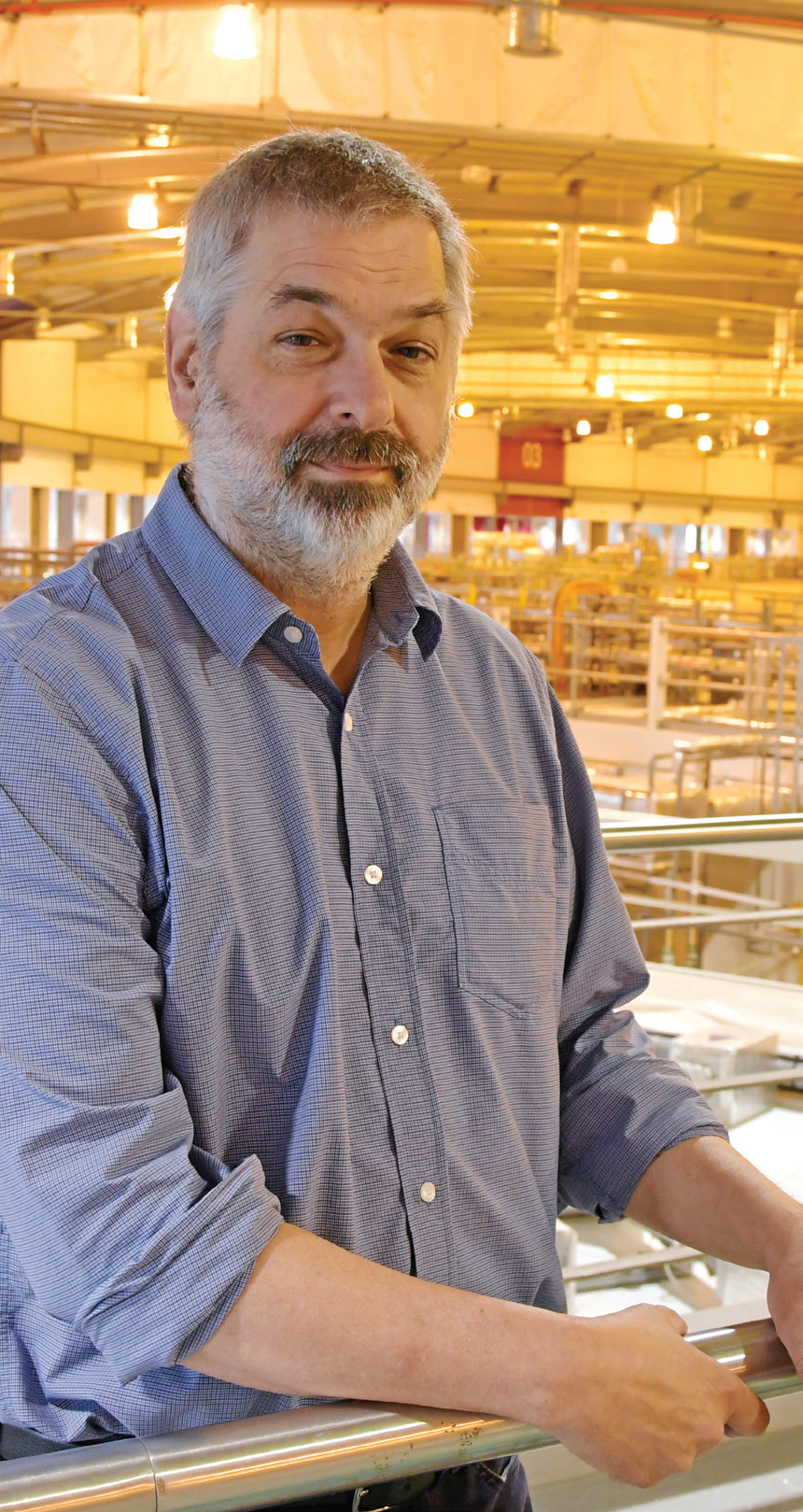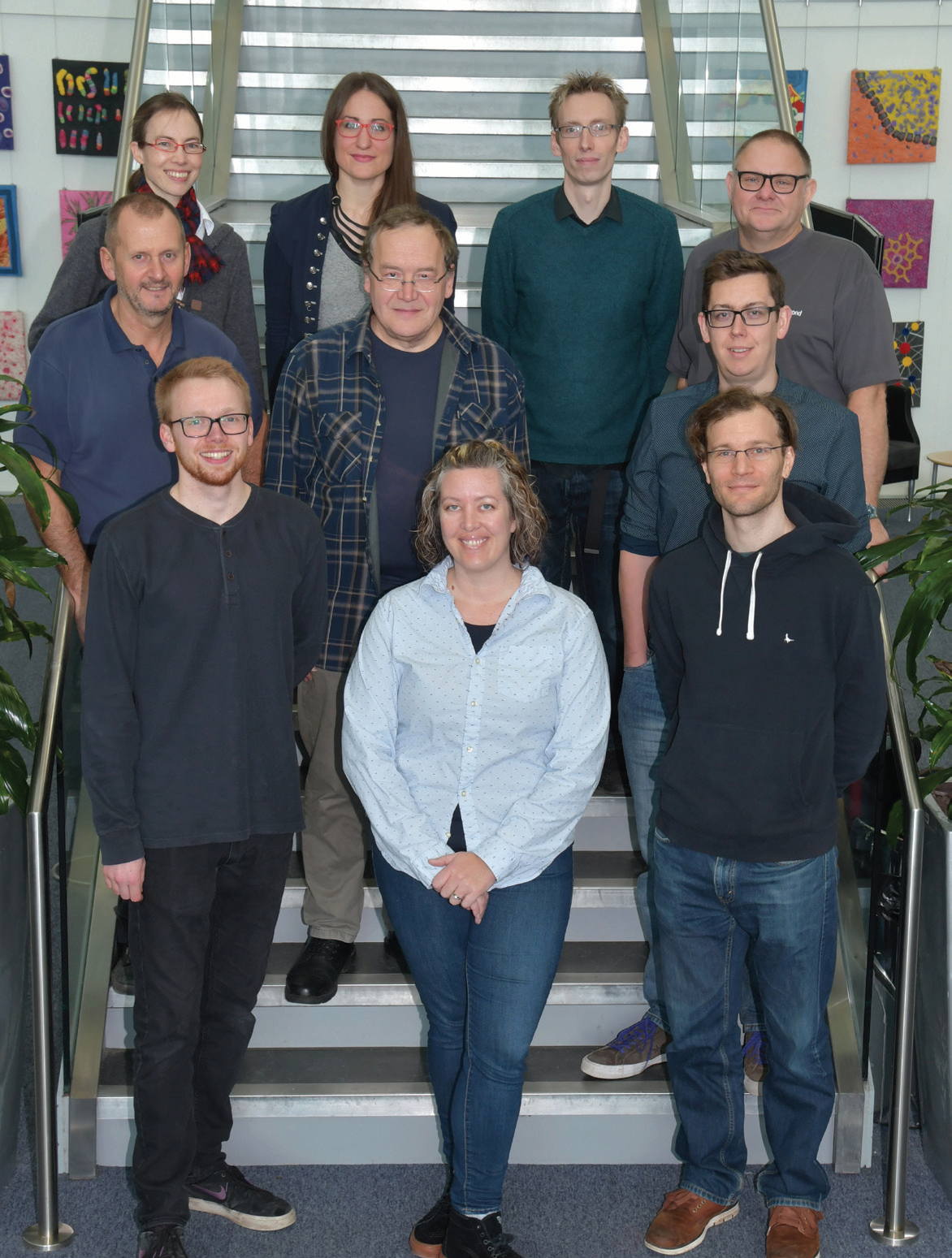Keep up to date with the latest research and developments from Diamond. Sign up for news on our scientific output, facility updates and plans for the future.

The high brightness beamline uses monochromatic X-rays in the range of 6 - 25 keV for high-resolution and time-resolved powder diffraction experiments in the first Experimental Hutch (EH1) or for Long Duration Experiments (LDEs) in EH2. Thanks to our dedicated beamline staff, I11 has continued to efficiently deliver beamtime, facilitating experiments to the busy user programme throughout the year, in particular for non-ambient applications and experiments requiring unusual hardware setups such as toxic/corrosive gas absorption studies at cryogenic temperatures, resonant diffraction at high temperature and time-resolved in operando lithium-ion (Li-ion) battery work. The continued success in terms of high quality research is clearly evidenced from record publications output, with an increase of 40% compared to the previous period.
Bringing these beamlines together into one science group means we can fully exploit the technical and scientific expertise within its teams to provide the basis for future development and pioneering experiments.


The XPDF beamline, I15-1, is dedicated to producing high quality X-ray scattering data for Pair Distribution Function (PDF) analysis. Operational since 2017, I15-1 has illuminated samples from diverse fields, from Earth sciences to pharmaceuticals, as well as material science and chemistry. XPDF receives X-rays from the inside edge of the wiggler fan, and this light is monochromated and directed to the end station in three energies: 40, 65 and 76 keV. PDF data are collected at high energies to produce the low sample absorption and high Q range required for successful interpretation. Gaining structural information on amorphous samples is a primary goal of many XPDF experiments, but crystalline samples can also display local structure variations such as defects and disorder, which can be observed with PDF analysis.
Consisting of a sample position, with an optional sample changing magazine, and two large area detectors, the end station is highly flexible and has been adapted to many in situ and in operando experiments, including variable temperature, gas flow, hydrothermal synthesis and electrochemical cycling. For more routine measurements, the 15 position sample changer has been a popular choice, allowing automatic data collection. A further automation improvement is currently underway; in spring 2020, a sample changing robot and an upgraded detector will be installed on I15-1. This upgrade will be a synergistic addition to the existing auto processing infrastructure, and will allow users to collect better data with less manual intervention.
The Small-Molecule Single-Crystal Diffraction beamline, I19, uses X-rays in the 5 – 25 keV energy range to determine the structures of small-molecule systems with single-crystal diffraction techniques. This can be for characterisation of novel molecular materials or for investigating the variation in the structure of a crystalline material under an external physical influence such as change in temperature, the exposure to a gas, photo-excitation or through the application of high-pressure.
Diamond Light Source is the UK's national synchrotron science facility, located at the Harwell Science and Innovation Campus in Oxfordshire.
Copyright © 2022 Diamond Light Source
Diamond Light Source Ltd
Diamond House
Harwell Science & Innovation Campus
Didcot
Oxfordshire
OX11 0DE
Diamond Light Source® and the Diamond logo are registered trademarks of Diamond Light Source Ltd
Registered in England and Wales at Diamond House, Harwell Science and Innovation Campus, Didcot, Oxfordshire, OX11 0DE, United Kingdom. Company number: 4375679. VAT number: 287 461 957. Economic Operators Registration and Identification (EORI) number: GB287461957003.